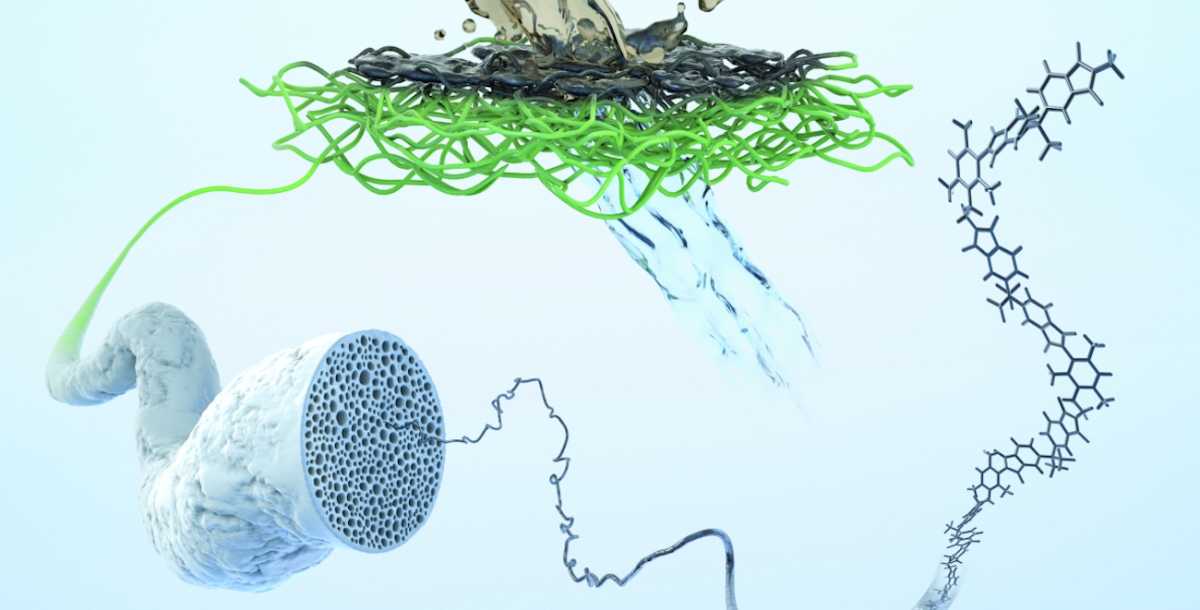
Such is the environmental devastation caused by large oil spills that scientists around the world are working on new ways to contain and fight them.
The latest design is a recyclable carpet developed at Saudi Arabia’s King Abdullah University of Science and Technology (KAUST), which its creators say can absorb oil with great efficiency, allowing it to be used over and over again.
The technology uses a polymer with the catchy name of 6FDA-TrMPD as a starting point, which lent itself well to the team’s goals due to its high porosity.
Starting with a solution of the polymer, the team turned it into robust mats through electrospinning, a technique that involves passing fluid through an electric field, and which we’ve seen used to create everything from solvent buffers that protect against HIV to new capsules for health food supplements.
In this case, it allowed the team to turn the polymer solution into a highly porous mat with a surface area of 565 square meters per gram of material. Water-repelling trifluoromethyl groups were also integrated into the structure, allowing the material to efficiently absorb liquids such as oil, while repelling surrounding water.
The team tested their mat in the lab and found that within minutes of being unfolded on a sample, it could rapidly adsorb between 25 and 56 grams of oil per gram of the polymeric material. According to the team, this puts it ahead of many similar adsorbents, with the ability to be used over and over again.
The absorption of the material is much better than that of many adsorbents used in the past, and the materials could be recycled and reused with similar performance, demonstrating their great potential for oil spill cleanup.
Fuat Topuz, study author.
From here, the researchers are exploring how sustainably sourced polymers could be used to make the mats and how they could be optimized to deal with other pollutants such as heavy metals. They are also investigating other forms the material could take.
In our next step, we will further process these materials to create fibrous membranes and sponges to make easily retrievable adsorbents while preserving their high performance.
Gyorgy Szekely, study author.
The research was published in the journal Environmental Science Nano, while you can see a demo of the material in this video:
More information: www.kaust.edu.sa